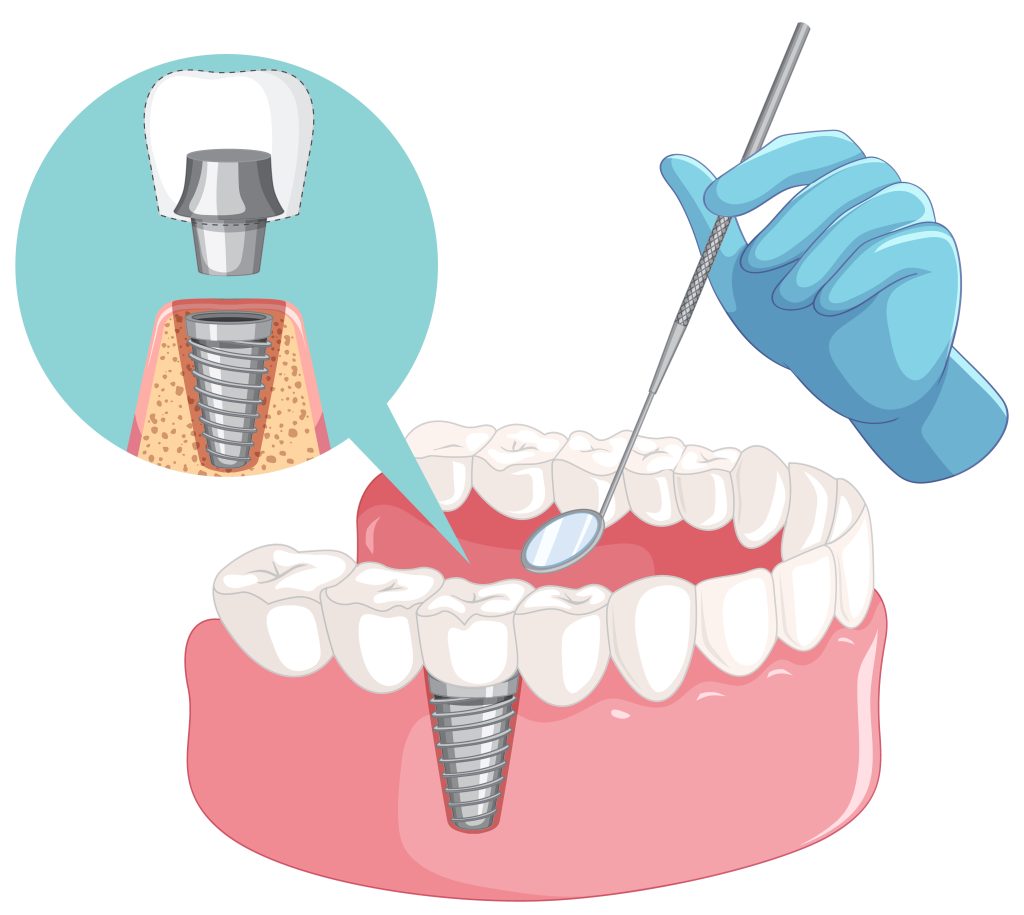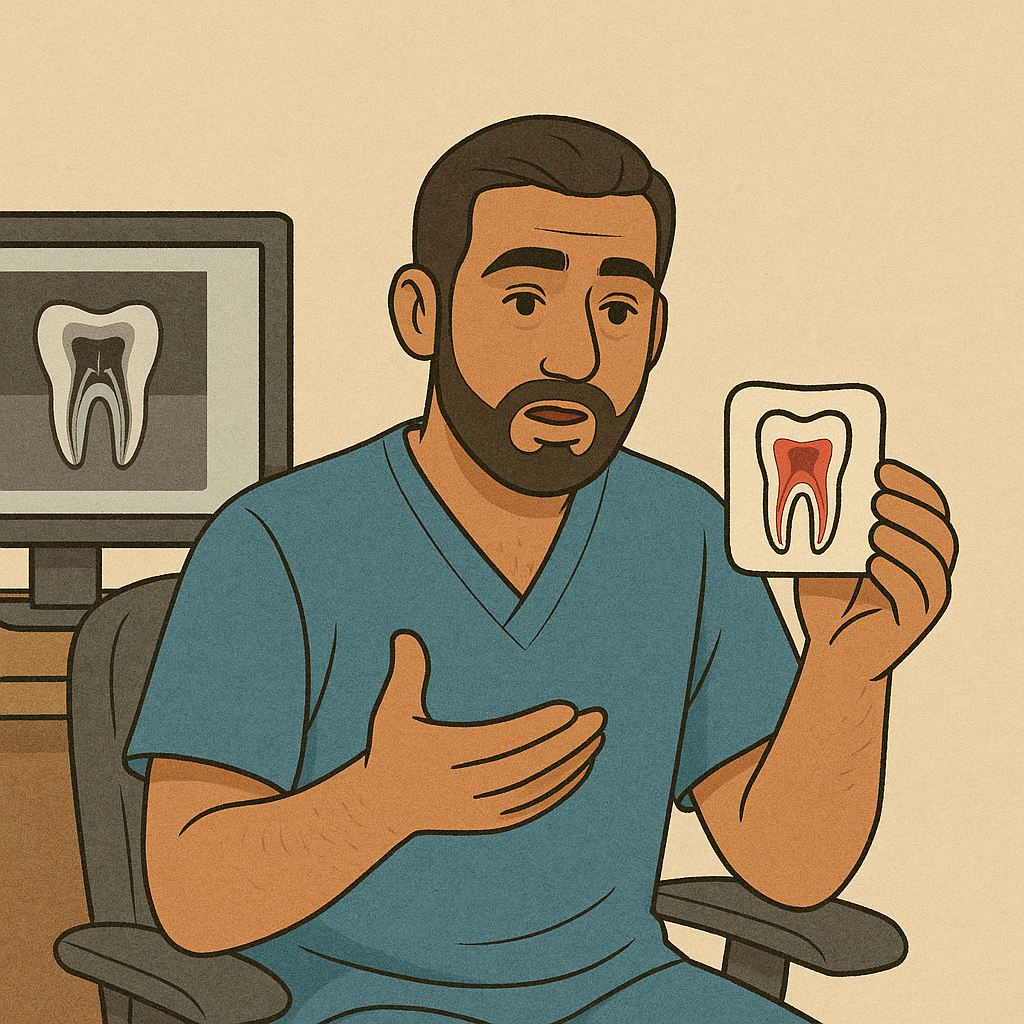Ceramic Onlays: A Conservative and Aesthetic Tooth Restoration
When Are Ceramic Onlays Recommended?
A dentist may recommend ceramic onlays in the following cases:
- Moderate Tooth Decay – When the damage is too extensive for a filling but not severe enough for a full crown.
- Fractured or Chipped Teeth – Restores the tooth while maintaining its integrity.
- Large Old Fillings – Replaces worn or failing amalgam or composite fillings.
- Preservation of Natural Tooth Structure – A minimally invasive option compared to crowns.
- Improved Aesthetics – Provides a seamless, tooth-colored restoration.
Advantages of Ceramic Onlays
- Conservative Treatment – Requires less enamel removal than crowns.
- Highly Aesthetic – Matches the natural translucency of enamel.
- Strong and Durable – Made from ceramic materials like lithium disilicate (E-Max), offering excellent resistance to wear and fractures.
- Biocompatible – Metal-free and safe for patients with metal allergies.
- Long-Lasting – Can last 10 to 15 years with proper care.
The Ceramic Onlay Procedure
1. Initial Consultation and Examination
- The dentist assesses the affected tooth and determines if a ceramic onlay is the best solution.
- X-rays or digital scans help evaluate the tooth structure and plan the restoration.
2. Tooth Preparation
- The decayed or damaged portion of the tooth is removed while preserving healthy enamel.
- A digital scan or impression is taken for precise fabrication.
3. Onlay Fabrication
- The custom onlay is crafted in a dental laboratory, usually within 1-2 weeks.
- Some cases may qualify for same-day fabrication using CAD/CAM technology.
4. Onlay Placement and Bonding
- The dentist ensures a perfect fit, color match, and bite alignment.
- A strong dental adhesive is used to bond the onlay securely to the tooth.
- Final adjustments are made for comfort and functionality.
What to Expect After Getting a Ceramic Onlay
- Immediate Functionality – You can eat and speak normally after placement.
- Minimal Sensitivity – Some mild discomfort may occur but usually subsides quickly.
- Seamless Aesthetic Integration – Blends naturally with surrounding teeth.
Caring for Ceramic Onlays
- Maintain Proper Oral Hygiene – Brush twice daily and floss regularly to prevent decay and gum disease.
- Avoid Extremely Hard Foods – Although strong, excessive force from hard foods can still cause damage.
- Wear a Mouthguard (If Needed) – Protects against grinding and sports-related injuries.
- Regular Dental Checkups – Routine exams ensure longevity and proper fit.
How Long Do Ceramic Onlays Last?
With proper care, ceramic onlays can last 10 to 15 years or more, offering a balance of strength and aesthetics.
When to Contact a Dentist
Seek professional evaluation if you experience:
- Discomfort or sensitivity that persists after the onlay placement.
- Loose or shifting onlay.
- Chipping, cracking, or noticeable wear.
- Gum inflammation or irritation around the restored tooth.
Conclusion
Ceramic onlays provide a durable, conservative, and highly aesthetic solution for restoring damaged teeth while preserving as much natural structure as possible. If you need a restoration but want to avoid a full crown, consult your dentist to determine if a ceramic onlay is the right choice for you.




















